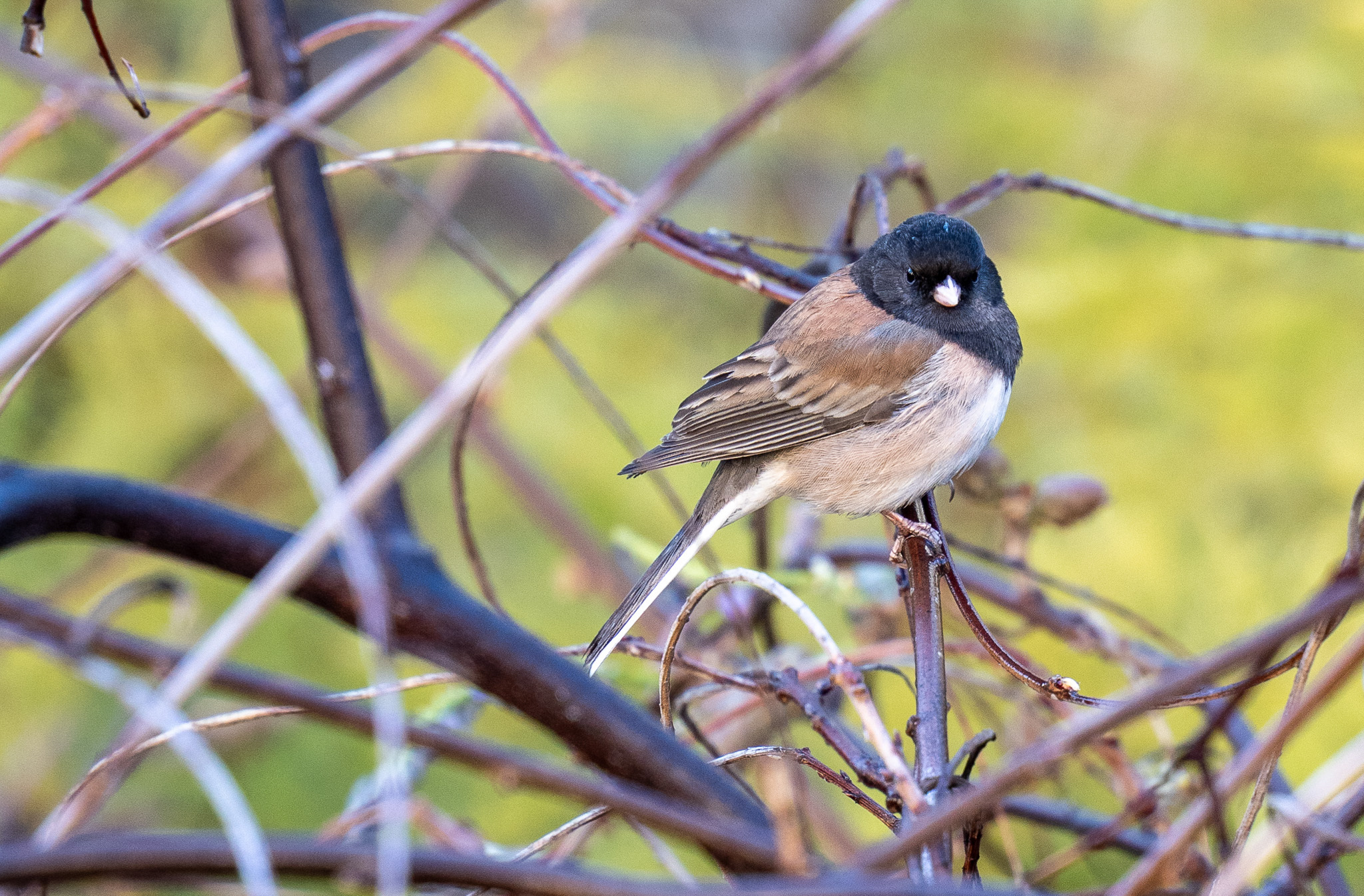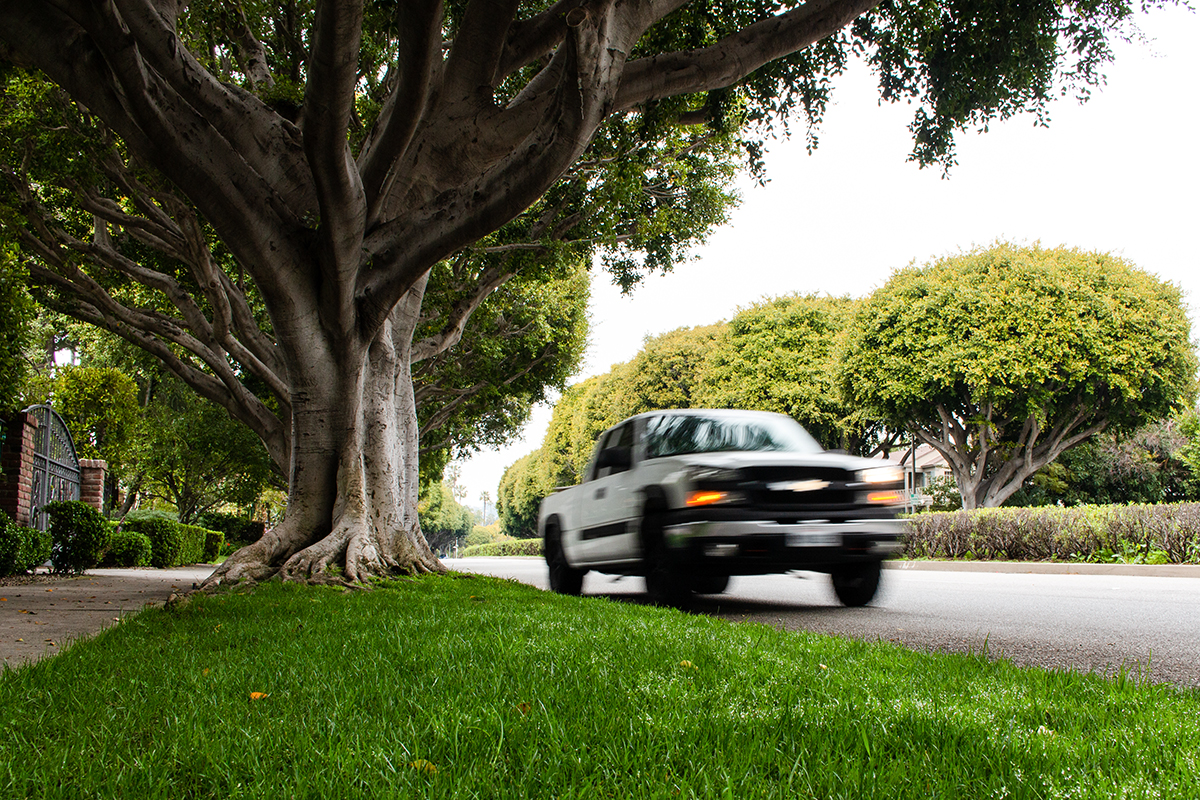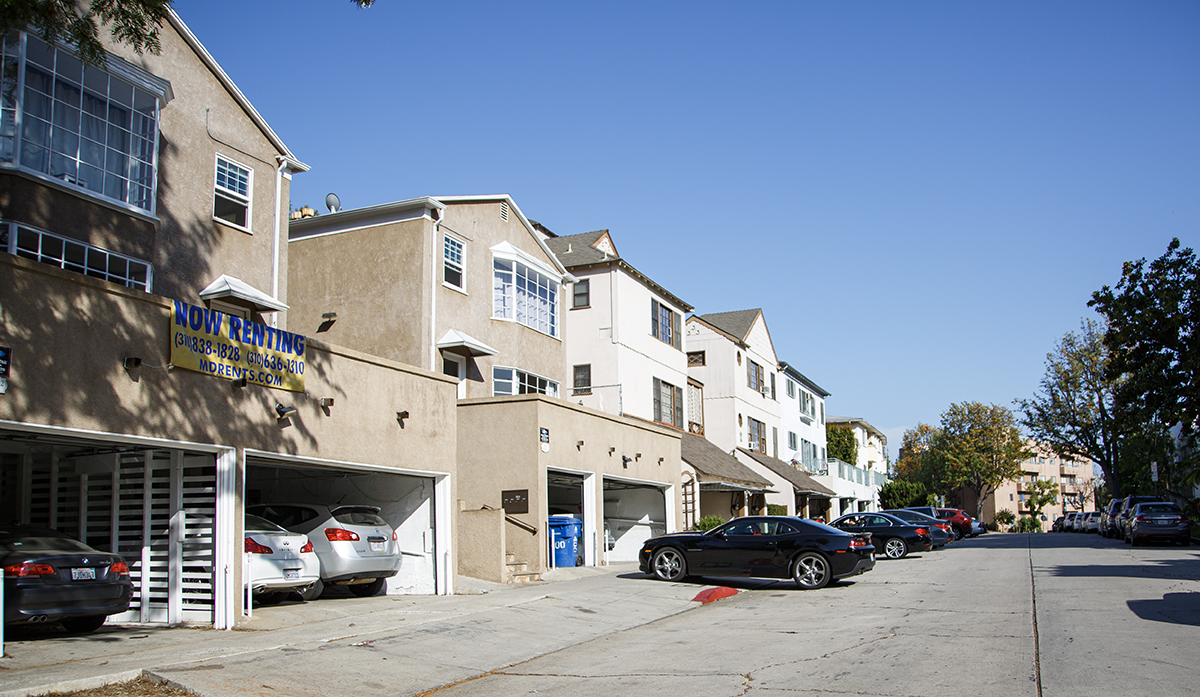Study links historical redlining in LA to distribution of bird communities

A bird is pictured. Recent research by Los Angeles-based professors demonstrated that the geographic distributions of certain bird populations are correlated with the historical zoning practice of redlining. (Julia Zhou/Assistant Photo editor)

By Lyah Fitzpatrick
Nov. 3, 2023 8:41 a.m.
A recent study by Los Angeles researchers found that historic redlining practices contributed to the development of distinct bird communities throughout LA.
By aligning census and mapping data from the 1940s to the present with current bird and vegetation distribution data, the researchers demonstrated that greenlined areas, which historically had more green space, tend to have more birds that associate with natural habitat features. In contrast, redlined areas with less green space house more species associated with dense urban conditions. This reveals a correlation between residential discrimination, land value and bird composition, said Travis Longcore, a co-author of the study.
In the 1930s, the Home Owners’ Loan Corporation ranked areas by risk levels to determine eligibility for investment, said Philip Ethington, a professor of history, political science and spatial sciences at the University of Southern California. He added that the primary criteria used to create these redlining maps was race: Nonwhite communities were deemed riskier and ranked red or yellow – thus redlined – while white communities tended to be ranked green or blue.
“If you go back and look at the actual cards that they used to identify different areas, it’s very explicit about this … racially defined guidance for investment,” said Longcore, who is also an adjunct professor at the UCLA Institute of the Environment and Sustainability.
Ethington, who contributed the census data for the study, said the connection between redlining and natural ecology highlights the continued issue of racial discrimination. Once these risk maps were given to banks, redlining ensured that already economically disadvantaged communities would remain disadvantaged, said Eric Wood, the project’s leader and an associate professor of avian and urban ecology at California State University, LA.
Wood said redlining affects how the people who live in those areas interact with nature, as those communities tend to have less access to natural spaces because of economic disparities. He added that he thought this may link to mental and public health disparities seen in the city.
To evaluate this, Wood led bird and habitat surveys in 33 LA communities, according to the study. The researchers found that in previously redlined areas, factors such as high building density might prevent endangered or rarer birds from settling, Wood said.
He added that historically greenlined neighborhoods create areas for at-risk species to find homes because of a larger distribution of green spaces.
“If there were ways that we could expand the habitat in those greenlined areas to other parts of the city that would also benefit people, then that could potentially be a win-win,” Wood said.
He added that the process of urban greening – or fostering of a beneficial relationship between humans and their environment through landscaping – is nuanced and complicated, as making these changes in marginalized parts of the city could increase housing values and induce market pressure.
He said while the correlation between historical racial discrimination and bird ecology was expected, proving such correlations numerically is still important to emphasize and highlight the concrete effects of social injustice.
Alongside the redlining study, Longcore and Ethington are also collaborating on a report mapping the historical ecology of the LA Basin. Ethington said the project – which includes an interactive map of LA’s landscape and Indigenous narratives about the land – supports efforts to reestablish and preserve the conditions that made the city naturally and socially sustainable.
Urban greening has already been a focus in LA, especially connected to extreme heat and shade access, Longcore said. However, he said there is a lot of history to take into account when developing neighborhood environments.
“The landscape is inscribed by the injustices of the historic past,” Ethington said. “A key part of what we’re striving for today is to achieve not only social justice for human beings but also to restore our healthy ecology.”






